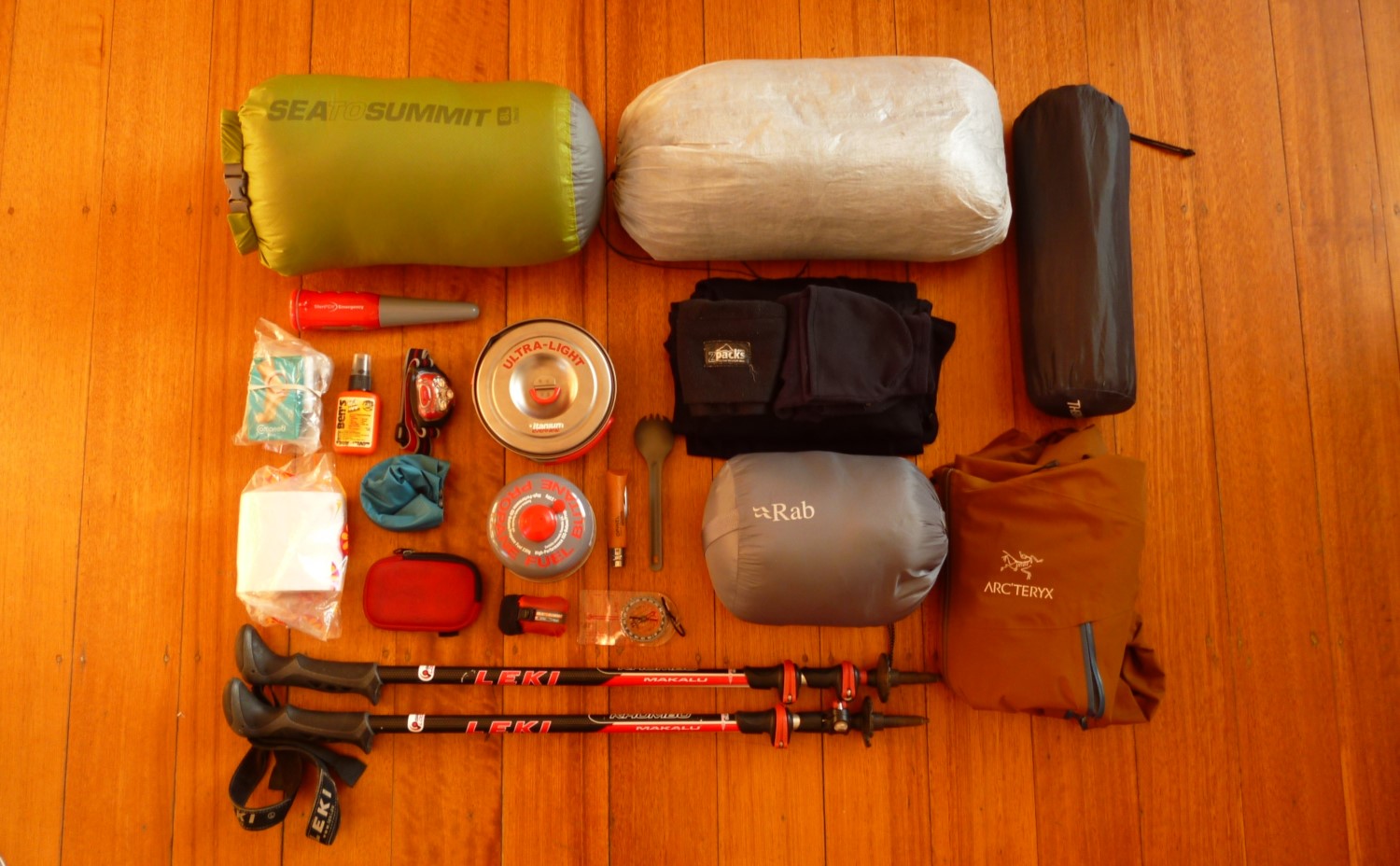Best Freediving Masks of 2023
JUMP TO: AQUALUNG MICROMASK / CRESSI NANO / MARES VIPER / OMER ALIEN / KRAKEN AQUATICS / SCUBACHOICE LOW VOLUME / SEAC ONE / AQUALUNG SPHERA / BUYING ADVICE
Author: Tim Severino
The Short Version
Best Overall: Aqualung Micromask
Best for Advanced Freediving: Cressi Nano
Best for Spearfishing: Mares Viper
Best for Beginners: Omer Alien
Best for Snorkeling: Kraken Aquatics
Best for Budget: Scubachoice Low Volume
Best for All Face Shapes: SEAC One
Best for Professionals: Aqualung Sphera
The Long Version
Freediving is one of the worlds up and coming sports, with more and more people getting involved every year. And it’s easy to see why – the ability to swim down ever deeper, to cruise over corals or rocky seascapes and get as close as you can to marine life, in silence and without bulky equipment.
Whether you prefer to gently swim down 20 feet to look at fish (or spear them!), or are pursuing new depth records, one fundamental remains – the importance of having a decent freediving mask.
Freediving masks differ from SCUBA or snorkeling masks as they prioritize a low volume space so when you equalize on your decent, you only require minimal air from your precious lungs to do so. They are also more streamlined to ensure you can move through the water as efficiently as possible.
There are many different manufacturers out there so we have compiled a comprehensive list of the best freediving masks, with some tips and recommendations to ensure you can decide which mask is best suited for you and your style of freediving. So read on and check out these exciting masks and get ready for your next blue water adventure.
If you love reading this review of the best freediving masks, then you'll likely love reading some of our other gear review pages:
Need To Know What To Look Out For?
Freediving gear has key requirements that separate it from other diving and water sports – be it SCUBA, snorkeling or others. So if you are new to freediving, be sure to check out our buying advice at the bottom of the article.
Best Overall: AQUALUNG MICROMASK
AIR VOLUME: Ultra low
MATERIALS: High grade silicon materials
FIELD OF VISION: Excellent
PROS: Compact and streamlined, can be used for snorkeling or SCUBA, quality hugging silicon fits most faces, buckles rotate in and out / up and down for a secure fit
CONS: Expensive
The best all round freediving mask is the Aqualung Micromask. While not the cheapest on this list, the Micromask has all the features you want for freediving, with the added uses of snorkeling or SCUBA as well – which is rare in a freediving mask.
The Micromask has a wide range of vision due to its lens placement, enabling you to see more clearly, while still maintaining a low air volume for quick and easy equalization that will almost feel effortless.
The streamlined mask reduces any drag while heading down into the depths, thereby keeping you more efficient in the water and helping to extend your time and depth. Its quality materials are likely to last years and with its anti-fogging qualities – this may be the last freediving and snorkeling mask you will buy for years to come.
If you are looking for maximum reliability, durability, performance and style – look no further than the best mask on the market – the Aqualung Micromask!
Best for Advanced Freediving: CRESSI NANO
AIR VOLUME: Very low
MATERIALS: Rigid plastic and silicon
FIELD OF VISION: Excellent, best for looking down
PROS: Patented Dual Frame Technology for next to no fogginess, compact and streamlined, teardrop shaped lenses to improve vision especially when looking down, optional mirrored lenses for sun protection
CONS: Rigid frame means it won’t fit wider faces
Italian company Cressi has been making equipment for water sports since 1946 and were one of the first to introduce specialty freediving masks, so you know experience and quality are first and foremost with their designs.
With the Cressi Nano, it is quality and reliability that make it a favorite for people who want to push their freediving limits. The rigid frame keeps the mask in place, while the silicon skirt adjusts to the pressures of the deep to keep your face dry and comfortable.
The excellent visibility, especially downwards is great for more advanced freediving and spearfishing enthusiasts. So whether your next step is swimming lengths of a pool, cruising over soft corals, or heading ever down into the deep, this mask is a great all-rounder for pushing your freediving to the limits.
Best for Spearfishing: MARES VIPER
AIR VOLUME: Ultra low
MATERIALS: Almost entirely silicone
FIELD OF VISION: Wide
PROS: Superior streamlined hydrodynamics, anti-glare matt finish, latest silicon technology to reduce fogginess, easily reached reduced pocket in the nose for quick and effortless equalization
CONS: Doesn’t fit all faces, is susceptible to moustache whiskers causing leaks
Mares is another long-time producer of SCUBA equipment and the Mares Viper is their flagship freediving mask. In collaboration with some of the world’s top freediving professionals; this mask has been designed to be simple, effective, streamlined and reliable.
The mask is used by many spear fisherman all over the world and is one of the most advanced masks on the market. The lenses are placed close to the eyes and have an anti-glare matt finish – features that help reduce air volume and fogginess while also reducing reflections that may startle your prey.
Whether you are trying to catch fish, beat a personal depth record or just like all aspects of freediving – the Mares Viper will keep you moving and looking good at the same time.
Best for Beginners: OMER ALIEN
AIR VOLUME: Low to standard
MATERIALS: Hard plastic and hypoallergenic silicones
FIELD OF VISION: Excellent and wide
PROS: A broader field of vision in all directions due to increased lens size, comfortable silicone skirt to keep the water out under pressure, mirrored lenses, comes in seven colors
CONS: A little on the expensive side for a beginners mask, reported fogging issues
The Omer Alien Freediving mask is the best choice for beginners as its more neutral design allows it to be used for snorkeling and SCUBA as well, providing some flexibility into your underwater adventures.
Because of this, the Omer Alien has one of the best fields of vision out there in freediving masks, however that does come at a small cost of having to use slightly more air to equalize the mask. While for beginners in fairly shallow depths this isn’t a problem, more experienced divers who like to go deeper will notice a familiar face hugging requiring constant equalization the deeper you go.
This is a sturdy flexible mask you can use for anything in the water and while a little on the pricey side, this flexibility makes it worthwhile for people who like to just get in the water. It provides a decent seal, easy to use buckles and a facial skirt that adjusts to most faces and let’s face it – who doesn’t want a mask called an Alien?
Best for Snorkeling: KRAKEN AQUATICS
AIR VOLUME: Low to standard
MATERIALS: Tempered glass, plastic, silicone
FIELD OF VISION: Excellent in all directions
PROS: Inexpensive, easy to adjust to most faces, comes in three colors
CONS: Not as streamlined, lightweight or compact as other masks
The Kraken Aquatics is a relatively inexpensive mask that is sturdy, comfortable and easy to adjust to your face. It does look a little on the inexpensive side when compared to how the other masks look and feel.
That being said, for its price point the Kraken Aquatics is excellent value and it can easily be used for snorkeling and SCUBA instead of freediving due to its wider all around field of vision.
The mask is made from once piece of tempered glass with only two simple straps making it very easy to use. Overall we think it is a worthwhile buy if you like to snorkel, but you also like to duck dive down a few feet to check out the fishes.
Best for Budget: SCUBACHOICE LOW VOLUME
AIR VOLUME: Low
MATERIALS: Plastic and silicone skirt
FIELD OF VISION: Very good
PROS: Very inexpensive, great for beginners, easy to adjust
CONS: Doesn’t fit wide faces very well, some reported foggy issues
On a budget? Going on a tropical holiday and some friends told you to give freediving a try? This is the mask for you. The Scubachoice Low Volume mask has all the basic features of a freediving mask at a fraction of the cost.
While it only comes in black with clear lenses, the Scubachoice Low Volume mask is an excellent first mask, replacement mask or even as a backup mask to your more expensive one. It’s also lightweight and flexible which helps with both comfort and portability.
While it may not be as long living and sturdy as other masks listed here, the Scubachoice Low Volume mask is a great purchase and handy to have with you on any holiday. It can also be used for snorkeling or even SCUBA without any issues.
Best for All Face Shapes: SEAC ONE
AIR VOLUME: Low
MATERIALS: Lightweight polycarbonate, tempered glass, silicones
FIELD OF VISION: Excellent
PROS: Fits almost every size head or face, easily adjusted buckles, low air volume considering its adjustability, larger nose pocket, camouflage frame
CONS: Has been prone to fogging
The SEAC One freediving mask is a fantastic all around mask that can be used for any freediving discipline, snorkeling and even SCUBA.
It’s the highest selling mask SEAC have ever produced with a focus on usability and comfort for all head and face sizes – the SEAC One is a great choice for people who like to do a bit of everything.
While not as compact or as streamlined as other masks, the SEAC One is reliable and versatile. It is also durable – being made from polycarbonate and with a special anti-abrasion camouflage film. The silicone skirt is designed to fit all faces and prevent leakage so no pesky leaks under the eyes or nose to wreck your mojo when descending into the depths.
Best for Professionals: AQUALUNG SPHERA
AIR VOLUME: Ultra low
MATERIALS: Plastic and silicone
FIELD OF VISION: Very good
PROS: Anti fogging and anti-leak seals, one size fits most faces, lightweight and compact
CONS: More fragile than other masks
The Aqualung Sphera is a mask quite often seen on the faces of freediving competitors, freediving instructors and at freediving schools. It has been around for many years and provides a lightweight option, with 180 degree field of vision, ultra-low air volume and relatively inexpensive price point.
Aqualung is a quality brand and this mask is no different. It has a firmer silicon skirt than most masks and is durable and sturdy but streamlined at the same time. The mask offers UV protection and the lenses are treated with an anti-scratching coating.
While lacking some of the innovations of other masks on this list, such as a soft silicone facial skirt or a non-reflective surface, its simplicity is what’s made it a firm favorite of long time free divers through the years. Instructors love the 180 degree vision allowing them to more easily monitor their students and make sure they get the best out of the in-water teaching.
BUYING ADVICE FOR FREEDIVING MASKS
What are we looking for when we want to buy a freediving mask?
Many factors have been discussed in the buyer’s guide above pertaining to each mask, but what are the general things we need to really look at when it comes to buying our own freediving mask? The following considerations will help you decide:
Primary uses of the mask
First you need to decide what do you want to specifically use the mask for?
RECREATIONAL - Is it for a snorkeling and freediving holiday once or twice a year? If so you would want a mask that performs as a bit of an all-rounder with a decent field of vision, comfortable feel, quality lenses and a choice of color.
LIFESTYLE - Are you an avid spear fisherman that spends two or three days a week during summer in the water? You would lean more towards a streamlined and durable mask with a low air volume but decent downwards field of vision. Having an adjustable mask that is fitted perfectly to your face also allows you to concentrate on the fish and less on mask adjustment in the water.
DEDICATION - Are you a competition free diver who is pushing their limits every day? You are after either a simplistic mask or a high end mask with a focus on ultra-low air volume, narrower field of vision, streamlined shape, and as compact as you can find. You will also want something durable enough to last hours upon hours in the water.
Streamlining and efficiency
All freediving masks are designed to reduce drag and be as streamlined as they can be, at times sacrificing other aspects in order to do so.
Smaller frames, smaller lenses, smaller strap buckles, and less air volume all help to achieve a more streamlined design. But there are tradeoffs to be made. For instance, smaller buckles can be a little more difficult to adjust in the water. Similarly, smaller lenses and/or reduced air volume in the mask often translate into a smaller field of vision – something that isn’t usually preferable, depending on your activity.
By deciding what kind of free diver you are - you can more easily decide which tradeoffs mean more to you when purchasing your mask.
Air volume
One of the most important things when considering a freediving mask is the air volume. When descending, the water pressure increases on your body, noticeably as a squeeze, first to your ears and then to your mask. By exhaling slightly though your nose, you can equalize the mask.
The lower the air volume in the mask – the less air you will need to expend from your lungs to equalize it. Of course, preserving the air in your lungs is a good thing, since it helps to increase the time you can under the water.
Field of vision
The field of vision is specifically how much you can see and in what direction. Some masks have a wide or downward field, others a narrow and focused one. As highlighted, often increased field of vision comes at the expense of increased air volume.
Obviously the more you can see the more you can enjoy your underwater experience in general. If you are on holiday or a spear fisherman, seeing is important, however competition free divers will often sacrifice vision for the benefit of reduced air volume.
Materials
The materials a mask is made from can affect its comfort, performance, durability and lifespan. Cheaper masks tend to use less durable materials such as cheap plastic frames and lenses, hard facial skirts, or thick tempered glass, but that is not always the case.
LENSES: Lenses are a key component as they provide your window to the underwater world. Plastic lenses are generally lighter, however they can be prone to scratching unless they have a specific anti scratch protection. Quality tempered glass is used widely, however the price can increase as the quality of the glass improves – but with that comes a weight reduction. Mirrored lenses offer higher UV protection and have also been claimed to attract fish with their reflections.
SKIRTS: The skirt is designed to hug your face and stop water from entering your mask. Skirts can differ widely depending on the materials used. Older designs tend to use a harder skirt, while the latest masks opt for softer, higher quality silicones that hug your face and tend to be more comfortable.
FRAMES: On most masks the frame is what holds all the other components together. Frames can be made in several different ways, or left out completely like on the Mares Viper. Polycarbonate is lighter than plastic, however it can more easily be broken whereas plastic tends to bend. If you are going for a high performance freediving mask aim for a polycarbonate frame. Whereas if you want something inexpensive for occasional use, and that will last, then a cheaper plastic mask will be the way to go.
Budget
Like most sporting equipment, freediving masks range from very cheap to very expensive – to cater to all budgets and users. There are perfectly good masks out there that don’t cost an arm and a leg and for the casual diver may be all you need. The more time you spend in the water, the more comfortable, durable and innovative you want your mask to be.
LESS EXPENSIVE “BUDGET” MASKS: Masks like the Scubachoice Low Volume or Aqualung Sphera are less expensive, using plastic and silicone, and are perfectly good for most divers.
MORE EXPENSIVE “NICHE” MASKS: The more expensive higher end masks such as the Aqualung Micromask have the latest innovations and are designed with freediving pros in mind. If you are willing to spend the money, you will be happy with their comfort and performance.
MID-RANGE “ALL ROUNDER” MASKS: Lastly – if you just love being in the water for all kinds of activities – then there are decent mid-range “all rounder” masks that are designed with freediving in mind, but have a larger field of vision or frame so they can also be used for snorkeling or SCUBA as well. If you prioritize versatility, then these masks might be the most appealing.
MORE INFORMATION
If you loved this gear review article, then you'll likely love reading our other gear-fiend related articles:






















